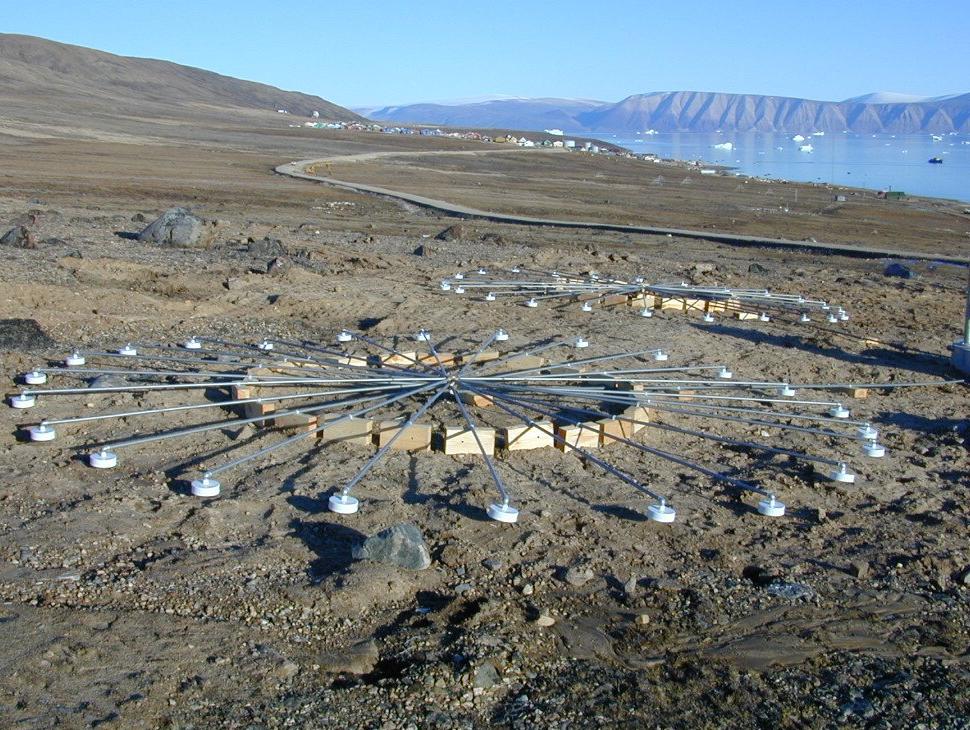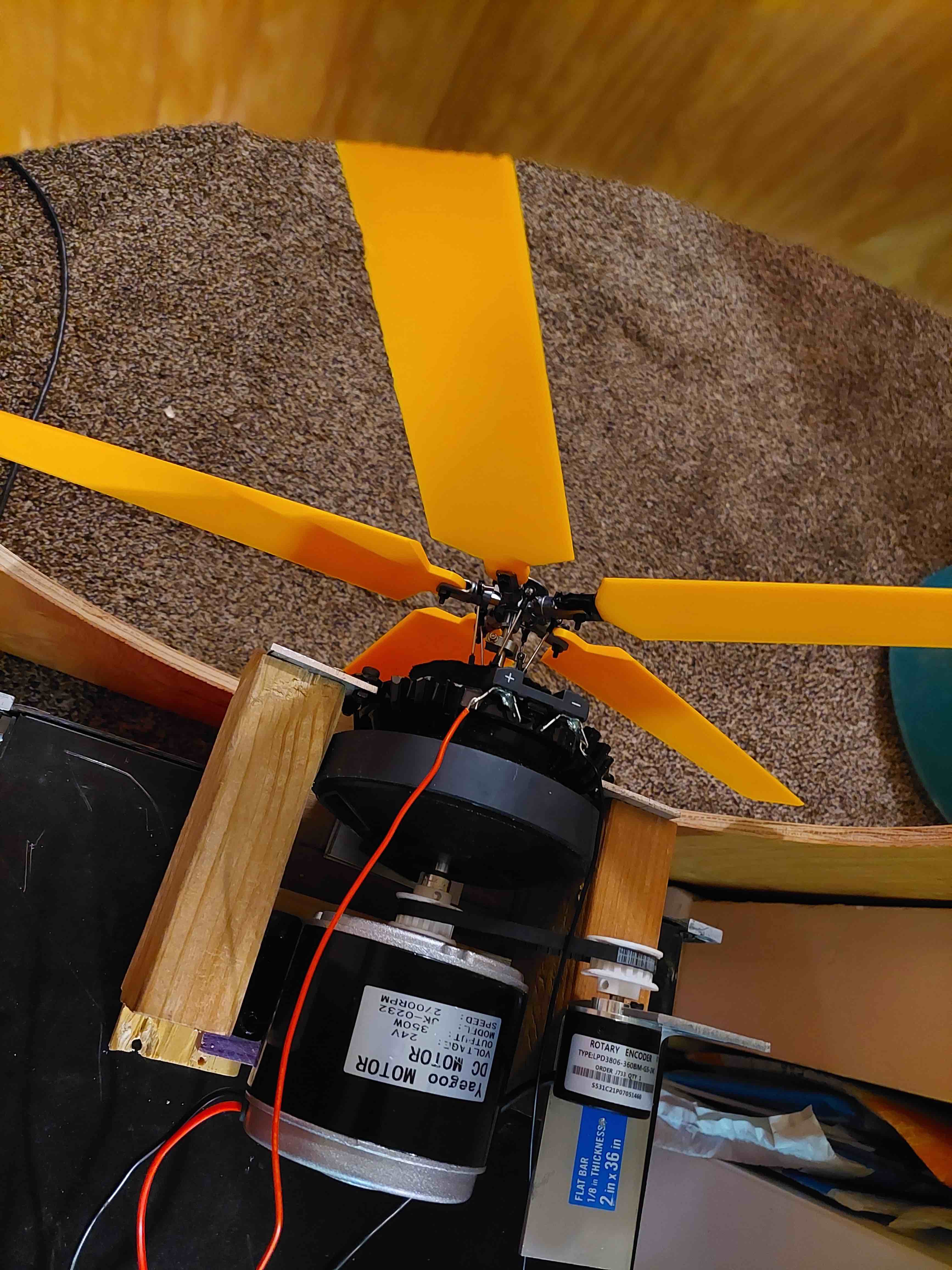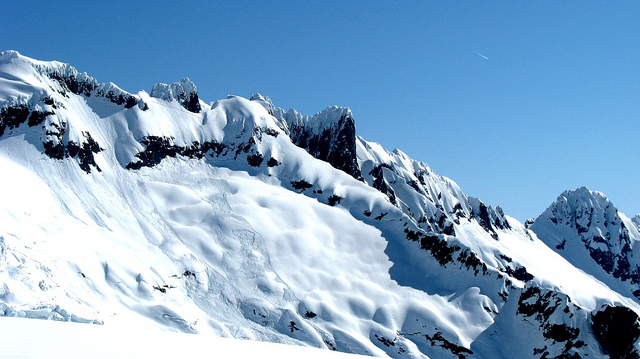|
Infrasound
Infrasound, sometimes referred to as low frequency sound or incorrectly subsonic (subsonic being a descriptor for "less than the speed of sound"), describes sound waves with a Audio frequency, frequency below the lower limit of human audibility (generally 20 Hertz, Hz, as defined by the ANSI/ASA S1.1-2013 standard). Hearing becomes gradually less sensitive as frequency decreases, so for humans to perceive infrasound, the sound pressure must be sufficiently high. Although the ear is the primary organ for sensing low sound, at higher intensities it is possible to feel infrasound vibrations in various parts of the body. The study of such sound waves is sometimes referred to as infrasonics, covering sounds beneath 20 Hz down to 0.1 Hz (and rarely to 0.001 Hz). People use this frequency range for monitoring earthquakes and volcanoes, charting rock and petroleum formations below the earth, and also in ballistocardiography and seismocardiography to study the mechanics of ... [...More Info...] [...Related Items...] OR: [Wikipedia] [Google] [Baidu] [Amazon] |
Rotary Woofer
A rotary woofer is a subwoofer-style loudspeaker which reproduces very-low-frequency content by using a conventional speaker voice coil's motion to change the pitch (angle) of the blades of an impeller rotating at a constant speed. The pitch of the fan blades is controlled by the audio signal presented to the voice coil, and is able to swing both positive and negative, with respect to a zero-pitch blade position. Since the audio amplifier only changes the pitch of the blades, it takes much less power for a given Sound intensity level, sound level to drive a rotary woofer than a conventional subwoofer, which uses a moving electromagnet (voice coil) placed within the field of a stationary permanent magnet to move a diaphragm to displace air. Rotary woofers excel at producing sounds below 20 Hz, below the normal hearing range; when installed in a wall of a sealed room, they can produce arbitrarily low frequencies, down to a static pressure differential, by simply compressing or dec ... [...More Info...] [...Related Items...] OR: [Wikipedia] [Google] [Baidu] [Amazon] |
Vladimir Gavreau
Vladimir Gavreau, born Vladimir Gavronsky (1904–1967), was a French scientist making experiments on the biological effects of infrasound. Gavreau was born in Moscow. His interest in infrasonic waves first came about in his lab during the 1960s, when he and his lab assistants experienced pain in the ear drum In the anatomy of humans and various other tetrapods, the eardrum, also called the tympanic membrane or myringa, is a thin, cone-shaped membrane that separates the external ear from the middle ear. Its function is to transmit changes in pressur ...s and shaking lab equipment, but no audible sound was picked up on his microphones. He concluded that it was infrasound and got to work preparing tests in the labs. One of Gavreau's experiments involved an infrasonic whistle that, some say, has led to a line of research that has military applications. William S. Burroughs described the possibly fictional device as follows: :"In developing a military weapon, scientists intend ... [...More Info...] [...Related Items...] OR: [Wikipedia] [Google] [Baidu] [Amazon] |
Subwoofer
A subwoofer (or sub) is a loudspeaker designed to reproduce low-pitched audio frequencies, known as bass and sub-bass, that are lower in frequency than those which can be (optimally) generated by a woofer. The typical frequency range that is covered by a subwoofer is about for consumer products, below for professional live sound, and below in THX-certified systems. Thus, one or more subwoofers are important for high-quality sound reproduction as they are responsible for the lowest two to three octaves of the ten octaves that are audible. This very low-frequency (VLF) range reproduces the natural fundamental tones of the bass drum, electric bass, double bass, grand piano, contrabassoon, tuba, in addition to thunder, gunshots, explosions, etc. Subwoofers are never used alone, as they are intended to substitute the VLF sounds of "main" loudspeakers that cover the higher frequency bands. VLF and higher-frequency signals are sent separately to the subwoofer(s) and the mains by ... [...More Info...] [...Related Items...] OR: [Wikipedia] [Google] [Baidu] [Amazon] |
Audio Frequency
An audio frequency or audible frequency (AF) is a periodic vibration whose frequency is audible to the average human. The SI unit of frequency is the hertz (Hz). It is the property of sound that most determines pitch. The generally accepted standard hearing range for humans is 20 to 20,000 Hz (20 kHz). In air at atmospheric pressure, these represent sound waves with wavelengths of to . Frequencies below 20 Hz are generally felt rather than heard, assuming the amplitude of the vibration is great enough. Sound waves that have frequencies below 20 Hz are called infrasonic and those above 20 kHz are called ultrasonic. Sound propagates as mechanical vibration waves of pressure and displacement, in air or other substances. In general, frequency components of a sound determine its "color", its timbre. When speaking about the frequency (in singular) of a sound, it means the property that most determines its pitch. Higher pitches have higher frequency, and low ... [...More Info...] [...Related Items...] OR: [Wikipedia] [Google] [Baidu] [Amazon] |
Meteor
A meteor, known colloquially as a shooting star, is a glowing streak of a small body (usually meteoroid) going through Earth's atmosphere, after being heated to incandescence by collisions with air molecules in the upper atmosphere, creating a streak of light via its rapid motion and sometimes also by shedding glowing material in its wake. Although a meteor may seem to be a few thousand feet from the Earth, meteors typically occur in the mesosphere at altitudes from . The root word ''meteor'' comes from the Ancient Greek, Greek ''meteōros'', meaning "high in the air". Millions of meteors occur in Earth's atmosphere daily. Most meteoroids that cause meteors are about the size of a grain of sand, i.e. they are usually millimeter-sized or smaller. Meteoroid sizes can be calculated from their mass and density which, in turn, can be estimated from the observed meteor trajectory in the upper atmosphere. Meteors may occur in meteor shower, showers, which arise when Earth passes throu ... [...More Info...] [...Related Items...] OR: [Wikipedia] [Google] [Baidu] [Amazon] |
Aurora (astronomy)
An aurora ( aurorae or auroras), also commonly known as the northern lights (aurora borealis) or southern lights (aurora australis), is a natural light display in Earth's sky, predominantly observed in high-latitude regions (around the Arctic and Antarctic). Auroras display dynamic patterns of radiant lights that appear as curtains, rays, spirals or dynamic flickers covering the entire sky. Auroras are the result of disturbances in the Earth's magnetosphere caused by enhanced speeds of solar wind from coronal holes and coronal mass ejections. These disturbances alter the trajectories of charged particles in the magnetospheric plasma. These particles, mainly electrons and protons, precipitate into the upper atmosphere ( thermosphere/exosphere). The resulting ionization and excitation of atmospheric constituents emit light of varying color and complexity. The form of the aurora, occurring within bands around both polar regions, is also dependent on the amount of accelera ... [...More Info...] [...Related Items...] OR: [Wikipedia] [Google] [Baidu] [Amazon] |
Iceberg
An iceberg is a piece of fresh water ice more than long that has broken off a glacier or an ice shelf and is floating freely in open water. Smaller chunks of floating glacially derived ice are called "growlers" or "bergy bits". Much of an iceberg is below the water's surface, which led to the expression " tip of the iceberg" to illustrate a small part of a larger unseen issue. Icebergs are considered a serious maritime hazard. Icebergs vary considerably in size and shape. Icebergs that calve from glaciers in Greenland are often irregularly shaped while Antarctic ice shelves often produce large tabular (table top) icebergs. The largest iceberg in recent history, named B-15, was measured at nearly in 2000. The largest iceberg on record was an Antarctic tabular iceberg measuring sighted west of Scott Island, in the South Pacific Ocean, by the USS ''Glacier'' on November 12, 1956. This iceberg was larger than Belgium. Etymology The word ''iceberg'' is a partial loan tr ... [...More Info...] [...Related Items...] OR: [Wikipedia] [Google] [Baidu] [Amazon] |
Avalanche
An avalanche is a rapid flow of snow down a Grade (slope), slope, such as a hill or mountain. Avalanches can be triggered spontaneously, by factors such as increased precipitation or snowpack weakening, or by external means such as humans, other animals, and earthquakes. Primarily composed of flowing snow and air, large avalanches have the capability to capture and move ice, rocks, and trees. Avalanches occur in two general forms, or combinations thereof: slab avalanches made of tightly packed snow, triggered by a collapse of an underlying weak snow layer, and loose snow avalanches made of looser snow. After being set off, avalanches usually accelerate rapidly and grow in mass and volume as they capture more snow. If an avalanche moves fast enough, some of the snow may mix with the air, forming a powder snow avalanche. Though they appear to share similarities, avalanches are distinct from slush flows, Mudflow, mudslides, Landslide#Debris landslide, rock slides, and serac collap ... [...More Info...] [...Related Items...] OR: [Wikipedia] [Google] [Baidu] [Amazon] |
Waterfall
A waterfall is any point in a river or stream where water flows over a vertical drop or a series of steep drops. Waterfalls also occur where meltwater drops over the edge of a tabular iceberg or ice shelf. Waterfalls can be formed in several ways, but the most common method of formation is that a river courses over a top layer of resistant bedrock before falling onto softer rock, which erodes faster, leading to an increasingly high fall. Waterfalls have been studied for their impact on species living in and around them. Humans have had a distinct relationship with waterfalls since prehistory, travelling to see them, exploring and naming them. They can present formidable barriers to navigation along rivers. Waterfalls are religious sites in many cultures. Since the 18th century, they have received increased attention as tourist destinations, sources of hydropower, andparticularly since the mid-20th centuryas subjects of research. Definition and terminology A waterfal ... [...More Info...] [...Related Items...] OR: [Wikipedia] [Google] [Baidu] [Amazon] |
Bolide
A bolide is normally taken to mean an exceptionally bright meteor, but the term is subject to more than one definition, according to context. It may refer to any large Impact crater, crater-forming body, or to one that explodes in the atmosphere. It can be a synonym for a Meteoroid#Fireball, fireball, sometimes specific to those with an apparent magnitude of −4 or brighter. Definitions The word ''bolide'' (; from Italian language, Italian via Latin, ) may refer to somewhat different phenomena depending on the context in which the word appears, and readers may need to make inferences to determine which meaning is intended in a particular publication. An early usage occurs in ''Natural History (Pliny), Natural History'', where Pliny the Elder describes two types of prodigium, prodigies, "those which are called lampades and those which are called bolides". At least one of the prodigies described by Pliny (a "spark" that fell, grew to the "size of the moon", and "returned into the ... [...More Info...] [...Related Items...] OR: [Wikipedia] [Google] [Baidu] [Amazon] |
Lightning
Lightning is a natural phenomenon consisting of electrostatic discharges occurring through the atmosphere between two electrically charged regions. One or both regions are within the atmosphere, with the second region sometimes occurring on the land, ground. Following the lightning, the regions become partially or wholly electrically neutralized. Lightning involves a near-instantaneous release of energy on a scale averaging between 200 megajoules and 7 gigajoules. The air around the lightning flash rapidly heats to temperatures of about . There is an emission of electromagnetic radiation across a wide range of wavelengths, some visible as a bright flash. Lightning also causes thunder, a sound from the shock wave which develops as heated gases in the vicinity of the discharge experience a sudden increase in pressure. The most common occurrence of a lightning event is known as a thunderstorm, though they can also commonly occur in other types of energetic weather systems, such ... [...More Info...] [...Related Items...] OR: [Wikipedia] [Google] [Baidu] [Amazon] |









